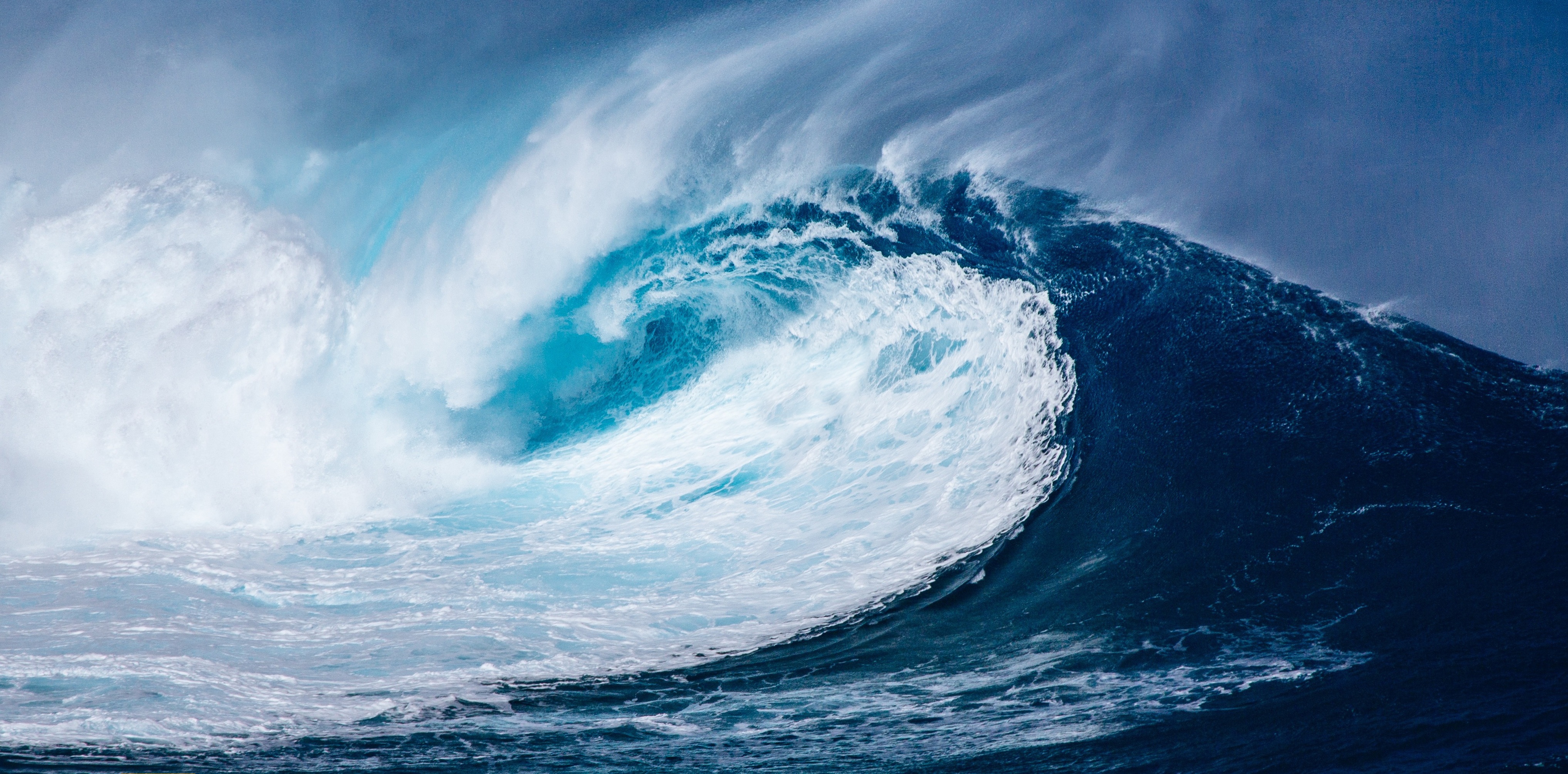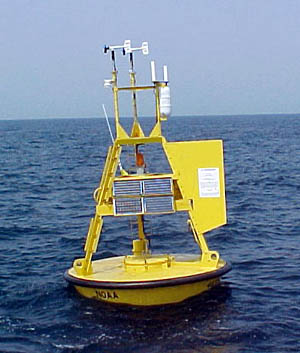
Oh buoy!
The largest wave ever recorded in the southern hemisphere happened on Tuesday 8 May 2018. It was 23.8m or 78ft high. More than 5 double decker buses. (A double decker bus is a favourite height measurement. Like an Olympic swimming pool is for liquids.)
 It was recorded by a buoy off New Zealand's Campbell Island in the Southern Ocean.
It was recorded by a buoy off New Zealand's Campbell Island in the Southern Ocean.
If you want to look out for another one ‘live’ then you can monitor the data online.
And what of it?
It is reported that “the buoy operates for 20 minutes every three hours”. And MetService senior oceanographer Dr Tom Durrant noted that it was possible that even bigger waves had occurred but weren’t recorded. Meanwhile, the World Meteorological Organization doesn’t hold official records on individual wave heights. Instead, it records an average of successive swells - a measure known as the "significant wave height".
Because there is no mains power on the buoy, and because battery power is limited, and because it isn’t convenient to drop by to replace the battery regularly, there are trade-offs to be made. Battery power is traded off primarily with measurement frequency and communication frequency.
The same thing happens with pressure and flow sensors on a water network. Mains power usually isn’t available. Battery exchange is undesirable (and some products even need to be returned to base for this). So measurement frequency and communication frequency are traded off. i2O optimises battery life through a variety of means including modern low power electronic components; max, min and standard deviation values in addition to averages; smart alarms; and talking without listening.
In this way we maximise the amount of useful information received in a timely fashion and battery life.
